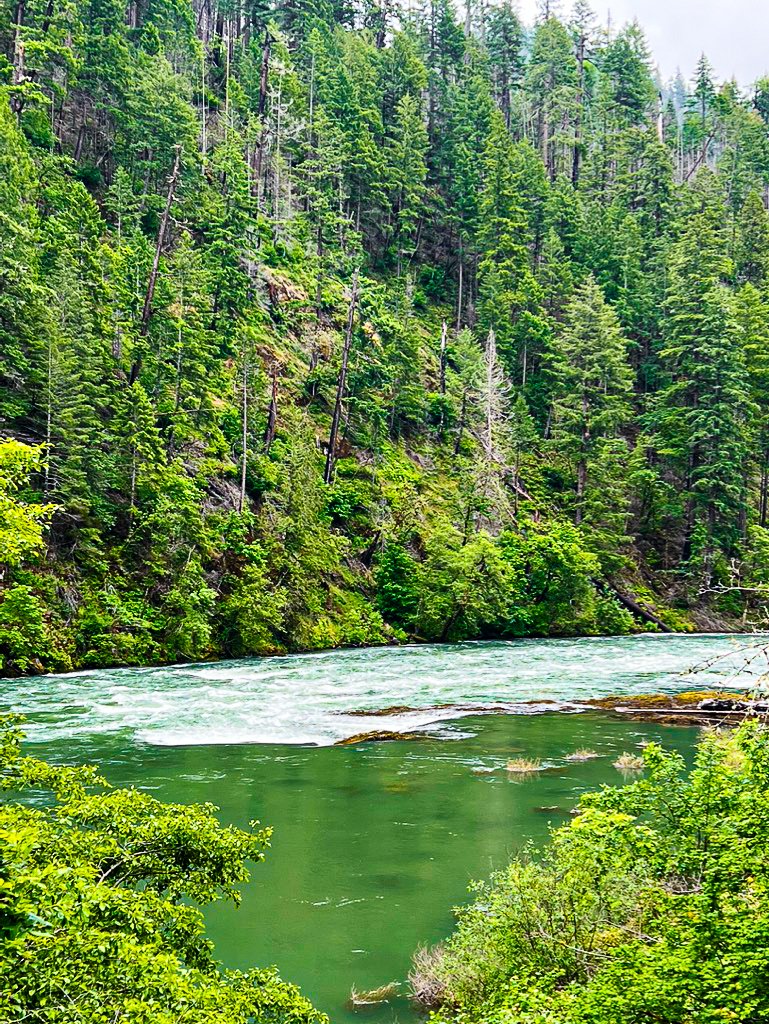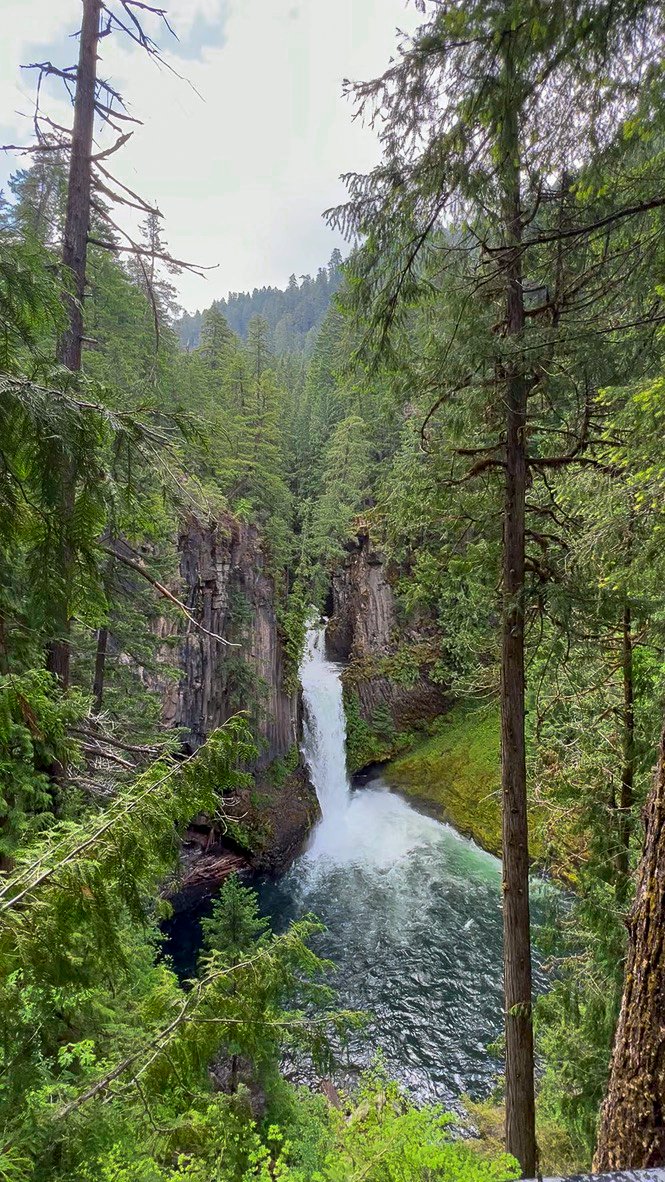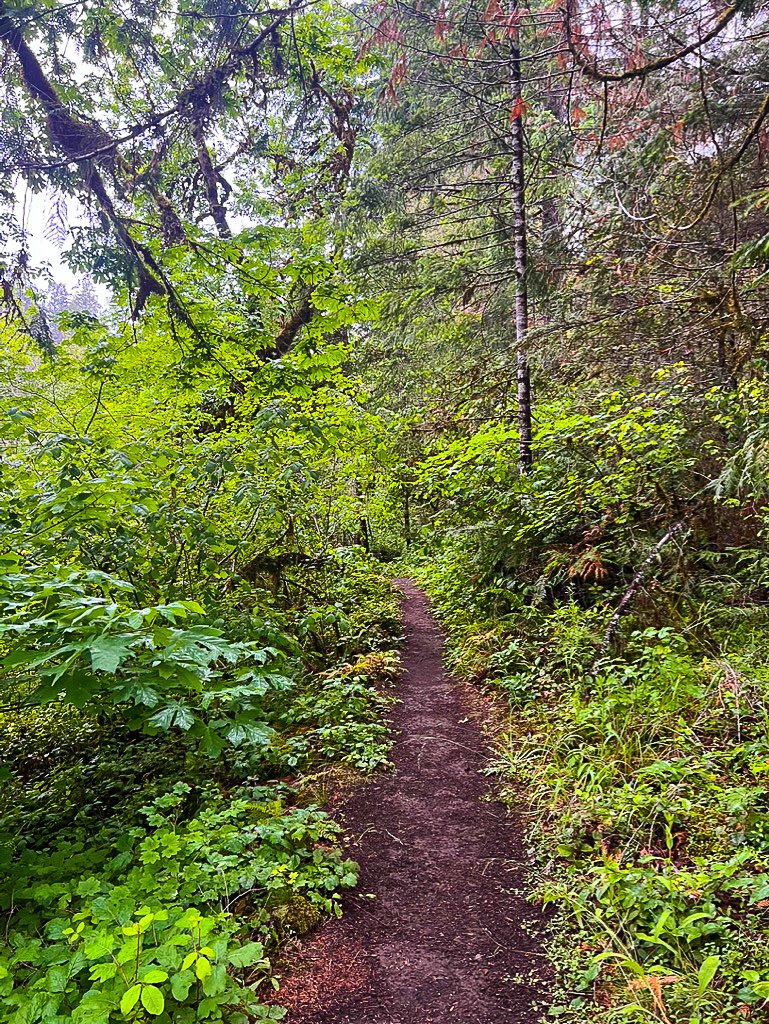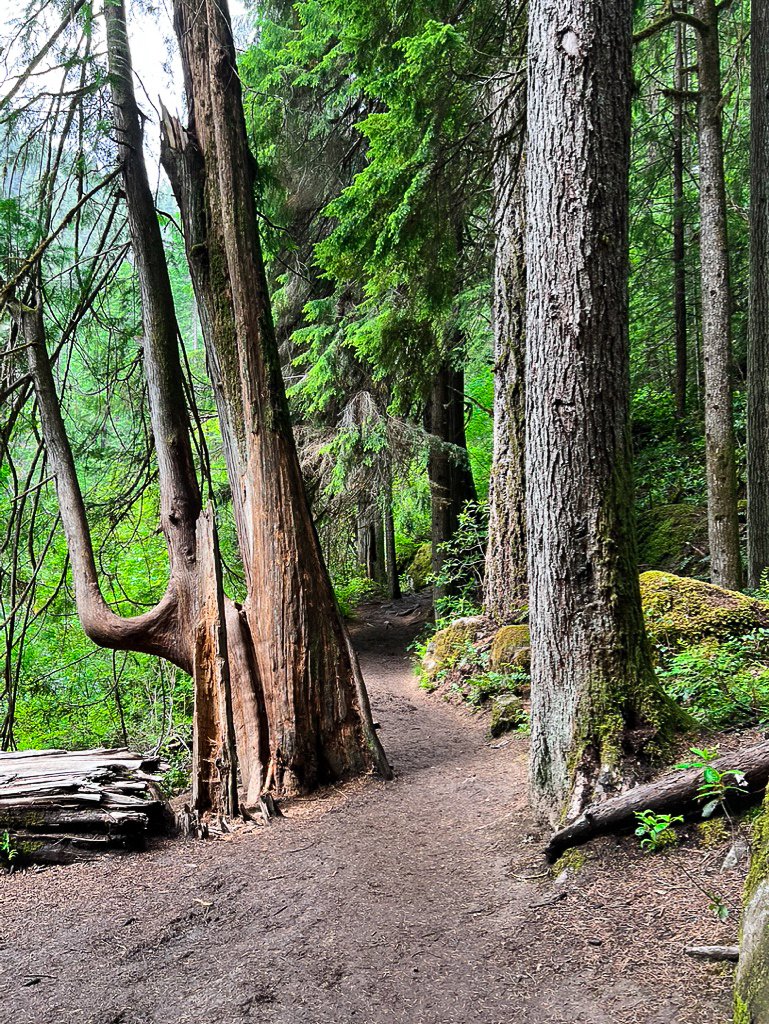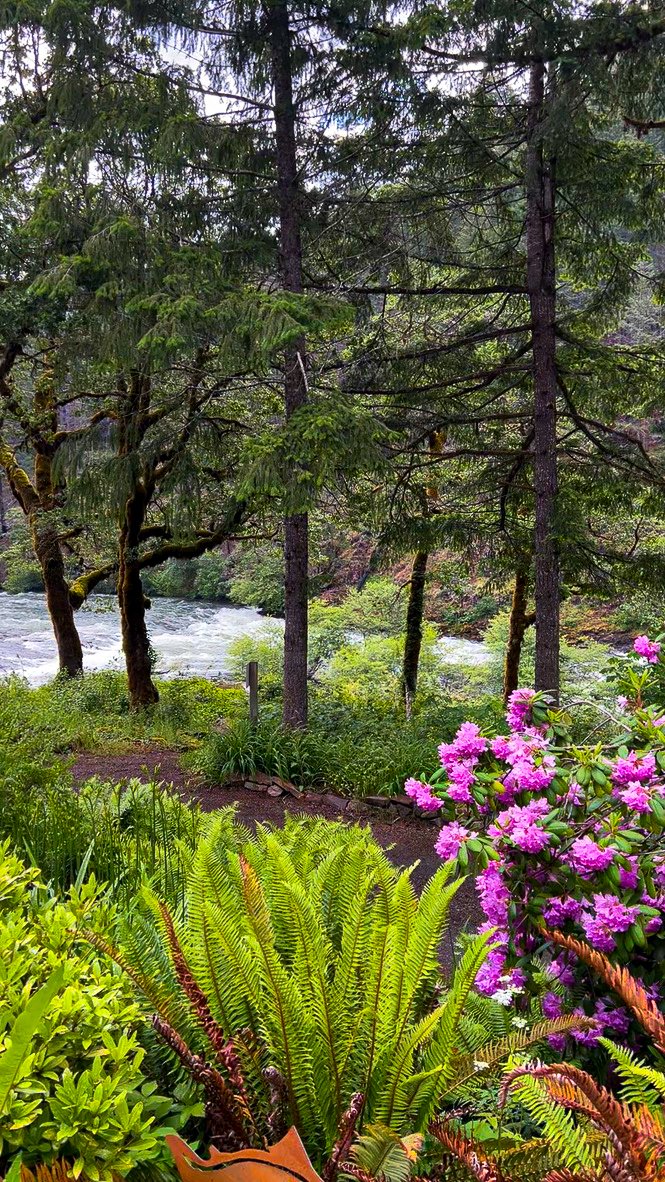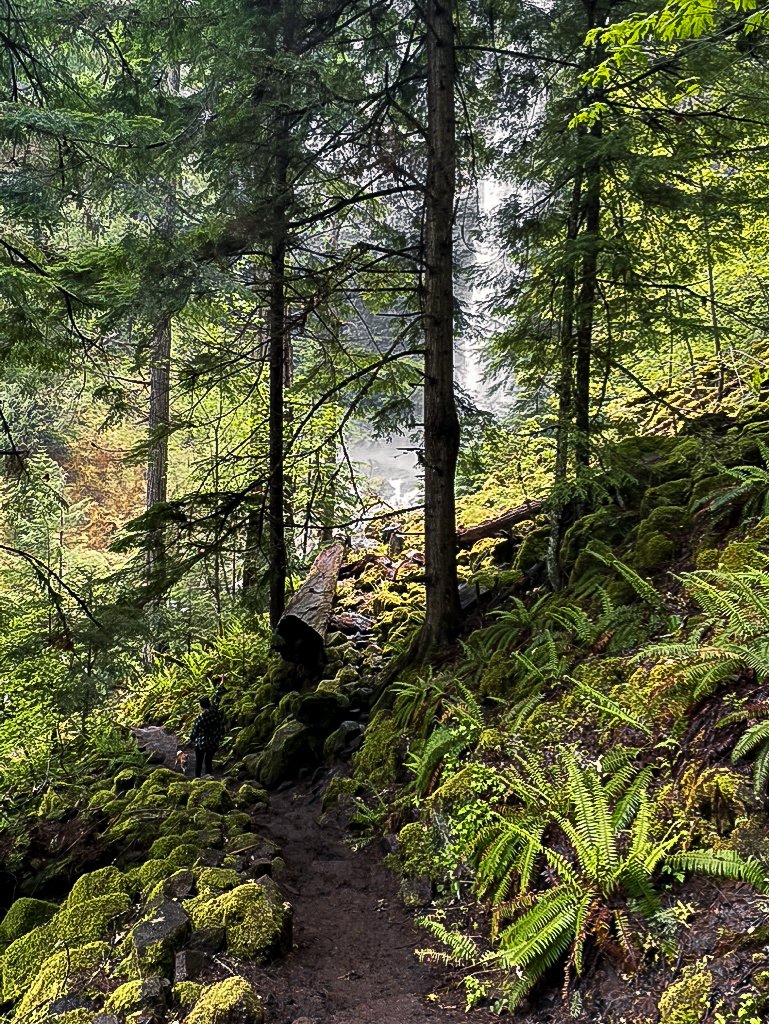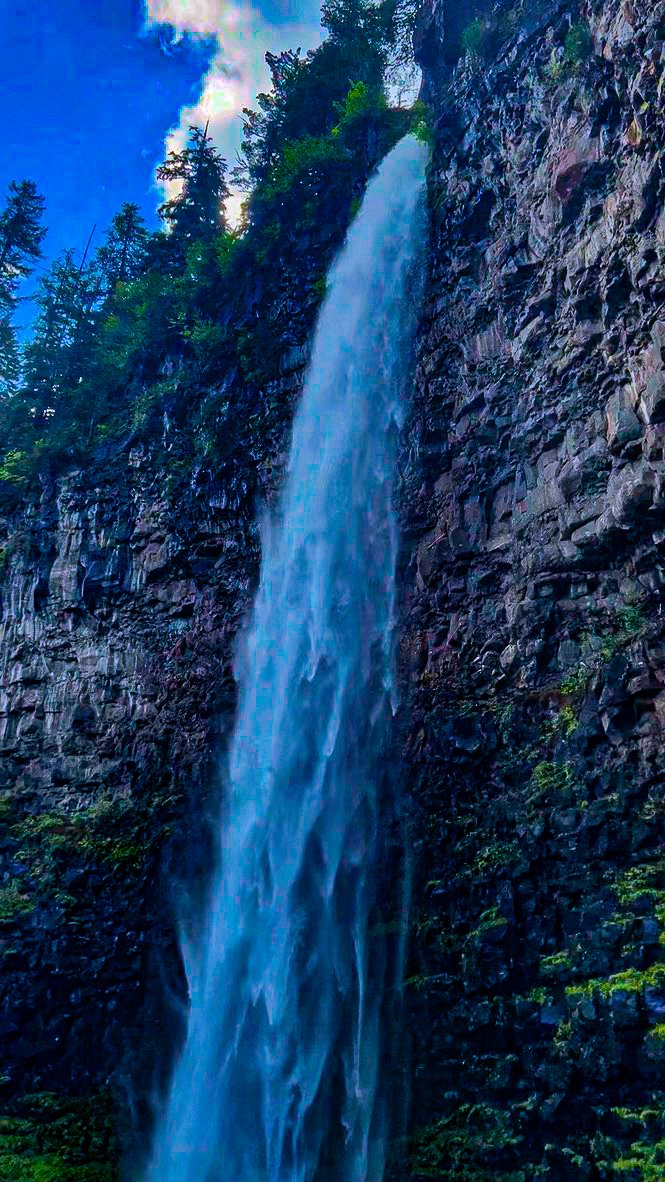A Guide to Visiting Umpqua National Forest
About Umpqua National Forest
Nestled in the Cascade Range of Southern Oregon, the Umpqua National Forest is a testament to the diverse and dynamic landscapes sculpted by nature. Over 983,239 acres of forestland across Douglas, Lane, and Jackson Counties call out to nature enthusiasts, beckoning them to explore the wonders of the Pacific Northwest.
This guide will take you through the wonders of the Umpqua National Forest, from its crystalline waterways and towering peaks to its hidden hot springs and charismatic wildlife.
A Deep Dive into Umpqua's Origin
From a geological standpoint, Umpqua National Forest is a tapestry of history. Its formation is attributed to powerful geological activity thousands of years ago that shaped its diverse landscapes. The forest's verdant stands of hemlock, fir, cedar, and a mix of conifers and hardwoods paint a vibrant picture of the forest's rich biodiversity.
Meet the Forest's Glorious Inhabitants
Umpqua National Forest houses various plant and wildlife species thanks to its diverse natural habitats. From the smallest of squirrels to the mighty black bear, the forest is a haven for 66 mammal species amidst its lush greenery. Birdwatchers will be delighted to spot some of the 236 bird species that call this forest their home. The forest's water bodies are teeming with 18 fish species, a testament to the diversity of life that thrives here.
A Peek into Umpqua's Majestic Waterfalls
The Umpqua National Forest is famed for its visually stunning waterfalls. Some of the tallest falls in the state are found here, their mesmerizing beauty amplified by the surrounding landscapes. Hiking through the forest often rewards you with breathtaking panoramas of these waterfalls, making every step worth the effort.
Susan Creek Falls Trail
The Susan Creek Falls trail is a beginner-friendly hike through the Umpqua National Forest. The path is well-maintained and marked, leading hikers to a mesmerizing waterfall. The trek is made more enchanting by the presence of spruce and pine trees, wildflowers, and enchanting pools.
Fall Creek Falls Trail
The Fall Creek Falls Trail is another must-visit in the Umpqua National Forest. This trail leads to a stunning waterfall where you can feel the rush of the water flowing off the rocky wall.
Watson Falls Trail
The Watson Falls Trail leads to what can only be described as the crown jewel of Umpqua waterfalls. The fall tumbles nearly 300-feet along a craggy cliffside, encircled by majestic Douglas-firs.
Exploring Umpqua's Hot Springs
Adding to the allure of the forest is the naturally occurring cluster of geothermal pools known as the Umpqua Hot Springs. Nestled away within the forest, these hot springs are a hidden gem that offer rejuvenation amidst nature. A short hike will lead you to these terraced pools that overlook the Umpqua River, making for a tranquil experience.
Embracing Adventure in Umpqua
Apart from the peaceful, rejuvenating experience that the forest offers, it also caters to adventure enthusiasts. With roughly 350 miles of scenic hiking trails and numerous campsites, the forest offers opportunities for fishing, kayaking, camping, biking, and skiing.
Summit Mt. Thielsen
For the daring, climbing the summit of Mt. Thielsen presents a heart-racing adventure. The trail leading to the summit is challenging, but the vistas of the sapphire-blue Crater Lake that wait at the top make the journey worthwhile.
Explore Diamond Lake
For a relaxing getaway in the Umpqua National Forest, Diamond Lake is the perfect spot. The serene waters of the lake are ideal for fishing, boating, and kayaking.
The Responsibility of Visitors
As you explore the beauty of the Umpqua National Forest, it's crucial to remember our responsibility towards preserving its pristine condition. It's important to ensure that we leave no trace of our visit, taking care to clear any garbage and maintain the cleanliness of the area.
In conclusion, the Umpqua National Forest is a treasure trove of natural wonders waiting to be explored. Whether you're an adventure enthusiast or a nature lover, the forest has something for everyone. So come and immerse yourself in the stunning beauty of the Umpqua National Forest, and create memories that will last a lifetime.
Camping
Susan Creek Campground sits along the banks of the emerald-green North Umpqua Wild and Scenic River.
Nestled under the canopy of a mature forest, the campsites are surrounded by trees up to seven feet in diameter
This forested, riverside campground offers showers, bathrooms, fire pits, and water.
Lodging
The Steamboat Inn is a unique place along the banks of the North Umpqua River, near Toketee Falls.
The Inn's 60-year tradition of personalized hospitality is exceptional and its restaurant menu is locally-sourced and delicious.
Watson Falls
Watson Falls are a feature attraction of Southern Oregon's Rogue-Umpqua Scenic Byway.
The Watson Falls Trailhead provides access to the 0.4-mile Watson Falls Trail.
With a stunning 294-foot drop over basalt lava flow, Watson Falls is the highest waterfall in Southwest Oregon and the third highest in the state.
Toketee Falls
Toketee Falls are a 120 ft waterfall on the North Umpqua River in Central Oregon.
The falls are reached by a 0.8-mile round-trip hike to an overlook point.
The trail to the falls passes through old-growth stands of Douglas-fir, Western Red Cedar, Big Leaf Maple, and Pacific Yew.
Local Dive
Little compares to a good, local dive bar.
The Narrows in Glide, Oregon is a dive among dives. Delicious beer, bar food, pool tables, and locals who will read your vibe.
Follow the Sasquatch.
Nearby Attraction: Crater Lake National Park
Bordering Umpqua National Forest, in southern Oregon's Cascade Range, is Crater Lake National Park.
Crater Lake’s stunningly blue waters fill the caldera of the collapsed volcano, Mount Mazama.
Indigenous peoples of the Klamath First Nation witnessed the formation of Crater Lake around 7,700 years ago, when a violent eruption triggered the collapse of the volcano.
Centuries of rain and snow have filled its crater, forming the deepest lake in the United States at 1,943 feet (592 meters).
